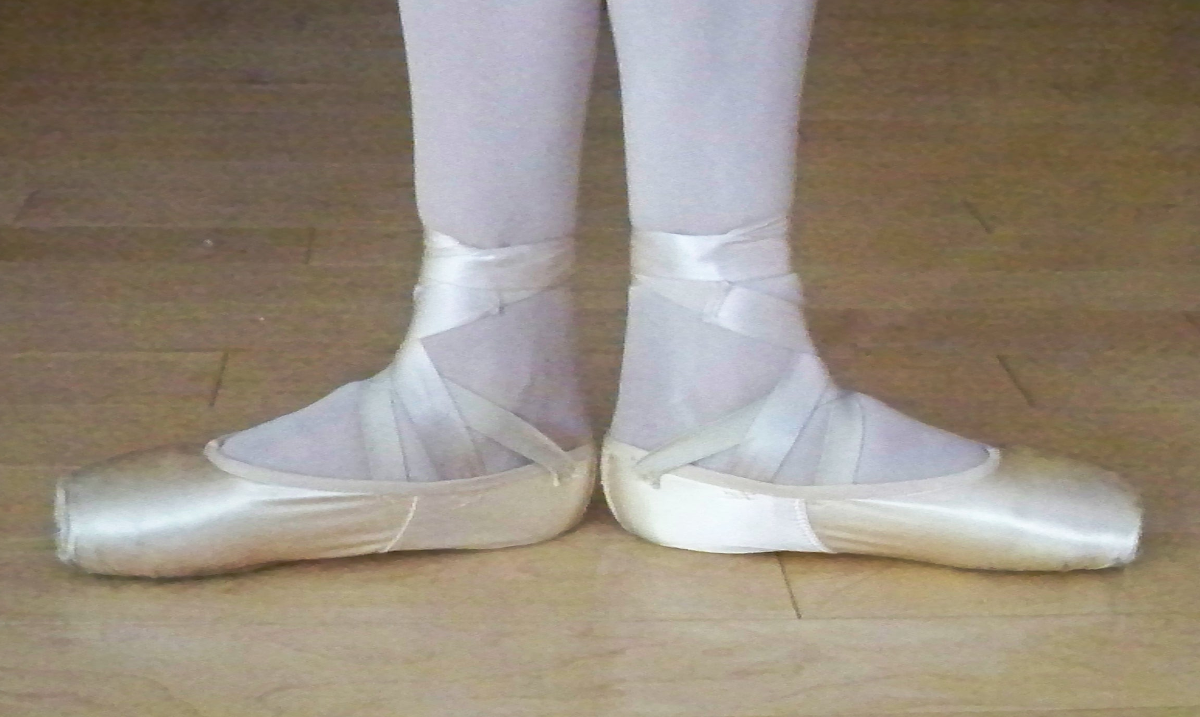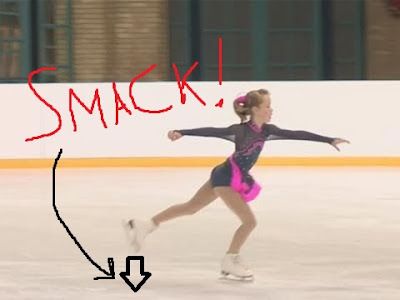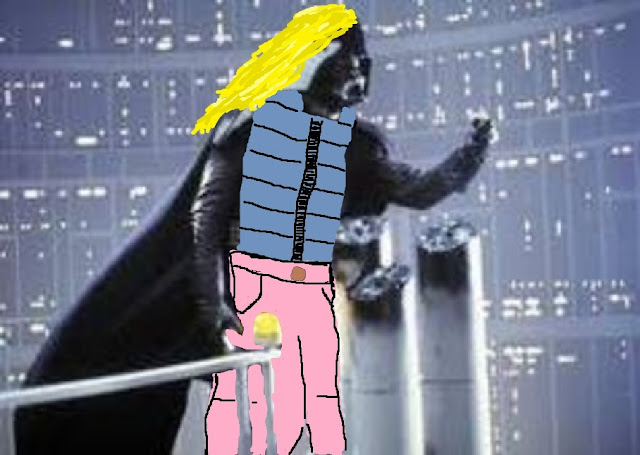Skating 101: I have to write a post about mohawks, so here it is
I did a counselling course once where my tutor had to teach the fundamentals of three different theoretical models of counselling therapy: psychodynamic (mostly Freud), person-centred (mostly Carl Rogers) and cognitive behavioural therapy (known as CBT). My tutor hated CBT, he absolutely loathed it, it made him shake up with rage when he was forced to talk about it and he would rant about it at any opportunity.
The mohawk turn is my CBT. I hate them. They're a nasty, horrible move designed to remind adults how inappropriate their ageing bodies are in the youth-centric sport of figure skating. If there was any move that made me wish I was an eight year old girl then it's the mohawk.
Unfortunately my next HP post relies on me having a reference point for people that don't know what mohawks are so they can read up on them. So here I am, writing a reference post on my hated enemy, the mohawk turn.
Of course, actually turning your feet like that (the equivalent of the first position in ballet) is not only hard for most people, but also would mean you were doing something more like a spread eagle. So actual mohawk execution tends to be a bit more forgiving.
The basic inside mohawk is a two-footed turn whereby you glide on, say, your right inside edge and then bring your non-skating foot to approximately the instep of your skating foot. You typically want the non-skating foot roughly perpendicular to your skating foot before doing the turn. As soon as you reach this state, you drop your non-skating foot onto the ice, transferring your weight onto the dropping foot, and land directly onto the blade's inside edge as you lift your previously skating foot off the ice. You'll probably have to turn the non-skating foot slightly from perpendicular to something more like 180° relative to your original skating foot as you drop it onto the ice in order to complete the turn effectively. Done correctly then you should be skating on the same edge as your original skating foot was, but you're now going backwards and on the other foot.
That's it, nothing crazy to it, you can stand up and have a go now. Just imagine you're gliding on one leg, then bring the other leg in close to the first and sort of shift on to that free leg.
The problem really lies in that you have to have nice open hips to make mohawks both easy and slick on the ice, something many adults haven't punished themselves enough in their formative years to really have. Sadly, hip open/closedness is also somewhat genetic, but you can achieve a degree of openness with proper stretching.
Anyway, the reason I find them so hard isn't necessarily because of my hip turnout (which isn't great), but because you have to get your foot in so damn close to the skating foot before you do the transition, and the perpendicular rotation of the foot before the turn is just so fiddly to hold before swapping, especially while wearing figure skates.
It's tricky and horrid and I'm not a fan. I do them, but badly. I have slowly improved the basic inside one, but, as with many things in skating, there are even fiddlier variants that I dread having to learn!
The mohawk turn is my CBT. I hate them. They're a nasty, horrible move designed to remind adults how inappropriate their ageing bodies are in the youth-centric sport of figure skating. If there was any move that made me wish I was an eight year old girl then it's the mohawk.
Unfortunately my next HP post relies on me having a reference point for people that don't know what mohawks are so they can read up on them. So here I am, writing a reference post on my hated enemy, the mohawk turn.
So what is this nonsense?
The mohawk's actually devilishly simple in theory. If you think about the mohawk hairstyle (pictured below) then you're sort of trying to achieve a situation where, momentarily, both your feet form a straight line facing opposite directions, much like the razor line of a mohawk haircut. |
| It turns out that Wikipedia has pictures for all things! |
Of course, actually turning your feet like that (the equivalent of the first position in ballet) is not only hard for most people, but also would mean you were doing something more like a spread eagle. So actual mohawk execution tends to be a bit more forgiving.
 |
| First position in ballet. I can do it, but not with any great poise. |
The basic inside mohawk is a two-footed turn whereby you glide on, say, your right inside edge and then bring your non-skating foot to approximately the instep of your skating foot. You typically want the non-skating foot roughly perpendicular to your skating foot before doing the turn. As soon as you reach this state, you drop your non-skating foot onto the ice, transferring your weight onto the dropping foot, and land directly onto the blade's inside edge as you lift your previously skating foot off the ice. You'll probably have to turn the non-skating foot slightly from perpendicular to something more like 180° relative to your original skating foot as you drop it onto the ice in order to complete the turn effectively. Done correctly then you should be skating on the same edge as your original skating foot was, but you're now going backwards and on the other foot.
That's it, nothing crazy to it, you can stand up and have a go now. Just imagine you're gliding on one leg, then bring the other leg in close to the first and sort of shift on to that free leg.
The problem really lies in that you have to have nice open hips to make mohawks both easy and slick on the ice, something many adults haven't punished themselves enough in their formative years to really have. Sadly, hip open/closedness is also somewhat genetic, but you can achieve a degree of openness with proper stretching.
Anyway, the reason I find them so hard isn't necessarily because of my hip turnout (which isn't great), but because you have to get your foot in so damn close to the skating foot before you do the transition, and the perpendicular rotation of the foot before the turn is just so fiddly to hold before swapping, especially while wearing figure skates.
It's tricky and horrid and I'm not a fan. I do them, but badly. I have slowly improved the basic inside one, but, as with many things in skating, there are even fiddlier variants that I dread having to learn!


Comments
Post a Comment